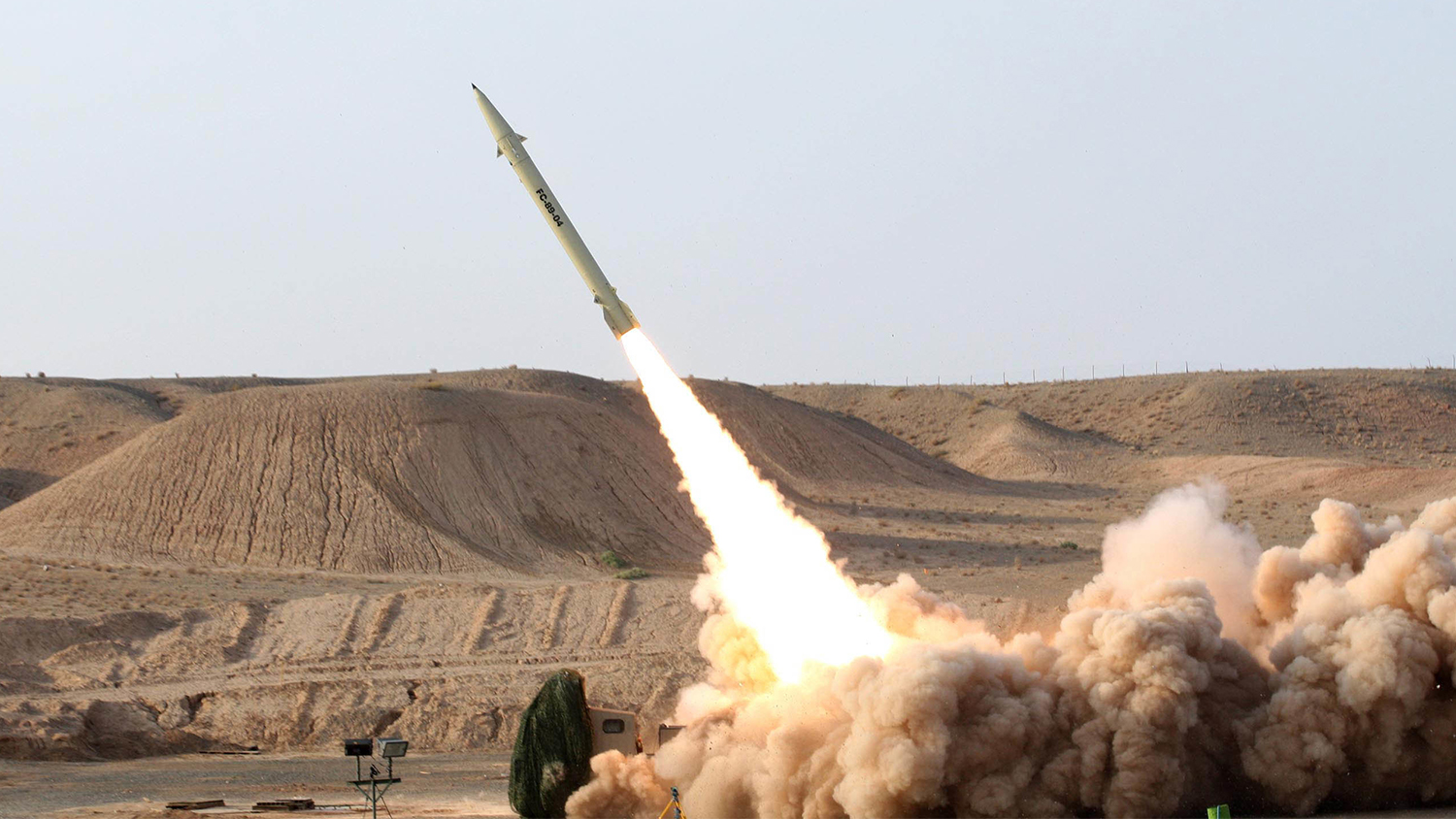by Hugh Fitzgerald

The September 8 Iranian missile attack on Kurdish leaders meeting in Koya in northern Iraq was widely described in the press at the time as “a warning to Washington, Riyadh, and Jerusalem.” For it was taken as a demonstration of Iran’s military prowess. The attack included seven Fateh 11-B missiles, and apparently they hit their mark exactly, killing nearly a dozen high-ranking Iranian Kurds. Now, four months later, its significance can be more soberly evaluated.
The attack on Koya should not be seen as an isolated attack on the Kurds. Iran has been fighting Kurdish opposition groups in Iran for years, and there have been increasing clashes. Ten percent of Iran’s population, or eight million Kurds, would like at least autonomy in a federal system; many would like to become part of an independent Kurdistan which would include Kurdish-populated lands in Syria, Iraq, and Turkey, as well as Iraq.
The strike on Koya showed Iran’s enemies that it now had missiles than were both longer-range and more accurate than anything it had previously used. The attack should be seen in the context larger than that of Kurdish-Iraniani hostilities. It was a threat, too, to Saudi Arabia, that the Iranian-backed Houthis could now receive and use these ballistic missiles to target Riyadh, and inflict the kind of damage that so far the Houthis have been unable to do with less advanced Iranian weapons.
It was also a message, the Washington Post insisted, to the United States. The Iranians had better missiles, and presumably, they would now be able to inflict great damage, should they decide to do so, on oil tankers in the Persian Gulf, or on American naval vessels protecting those same tankers. But the Trump Administration is not worried; in mid-July, with his characteristic all-caps flair, President Trump made a Twitter threat the Iranians must surely be taking to heart: “NEVER, EVER THREATEN THE UNITED STATES AGAIN OR YOU WILL SUFFER CONSEQUENCES THE LIKES OF WHICH FEW THROUGHOUT HISTORY HAVE EVER SUFFERED BEFORE.”
As for Israel, the Israelis are still less likely than Washington to have been cowed by this Iranian demonstration of missile prowess. Consider how Israel has responded to the only Iranian challenges — two — it has had to face. In February, Israel reported that a single armed Iranian drone flew into its airspace. Israel promptly shot it down, and then to make point, it then launched massive air raids on Iranian-linked targets in Syria, and claimed to have wiped out half of Syria’s air defenses in the process.
Scattered Israeli strikes continued in April, targeting not just Iranian proxies, but actual uniformed Iranian soldiers, including some high-ranking officers in the Revolutionary Guards. Israel started warning of prospective Iranian retaliation around this point. And the Israelis kept up attacks on Iranian positions in Syria for several months, attacking about 100 Iranian-linked targets in Syria, without the Iranians being able to respond. In just one attack in April, 200 missiles were destroyed and 11 Iranians killed. Finally, in early May, Iran did respond. It launched a missile strike on northern Israel, with 20 Grad and Fajr rockets taking off from Syria in what was widely seen as retaliation after months of Israeli airstrikes punishing their forces — but the strike was promptly crushed by the Israelis.
Not only did Israel intercept a number of the Iranian missiles, but it said all the other missiles not intercepted had failed to reach their target and sputtered out while still in Syria.
The response from Israel did not end with destroying all the Iranian missiles that managed to make it into Israeli airspace. It also blasted Iran’s bases in Syria with 70 missiles, killing “at least 23 fighters” in revenge for those attempted rocket strikes on the Golan Heights. Almost every Iranian base in Syria was attacked. Fighter jets bombarded military bases, munitions warehouses, and intelligence centers. Since then, Iran has not tried to attack Israel.
The missile attack on Koya by Iran was indeed a warning to Saudi Arabia that the Houthis in Yemen may be supplied with more accurate and more long-range missiles with which to attack Riyadh. But that attack is unlikely to worry Washington, for any Iranian missile attack on American tankers would be met with an overwhelming response. As for Israel, it has already demonstrated, over many months, how ferociously it can respond. Washington’s overwhelming response is likely but still only theoretical; Israel’s answer has actually, and repeatedly, been given, with the promise, always, of “there’s more where that came from.” An Israeli officer explained: “If it rains in Israel, it will pour in Iran.”
When the world’s media described the Iranian missile attack on Koya as a “warning to Washington, Riyadh, and Jerusalem,” they were not even half right. But given our low expectations of that media, getting things one-third right — the Koya attack was a warning only to Riyadh — is, I suppose, in the current environment of slovenly reporting, the best that we can hope for.
First published in Jihad Watch.
- Like
- Digg
- Del
- Tumblr
- VKontakte
- Buffer
- Love This
- Odnoklassniki
- Meneame
- Blogger
- Amazon
- Yahoo Mail
- Gmail
- AOL
- Newsvine
- HackerNews
- Evernote
- MySpace
- Mail.ru
- Viadeo
- Line
- Comments
- Yummly
- SMS
- Viber
- Telegram
- Subscribe
- Skype
- Facebook Messenger
- Kakao
- LiveJournal
- Yammer
- Edgar
- Fintel
- Mix
- Instapaper
- Copy Link








